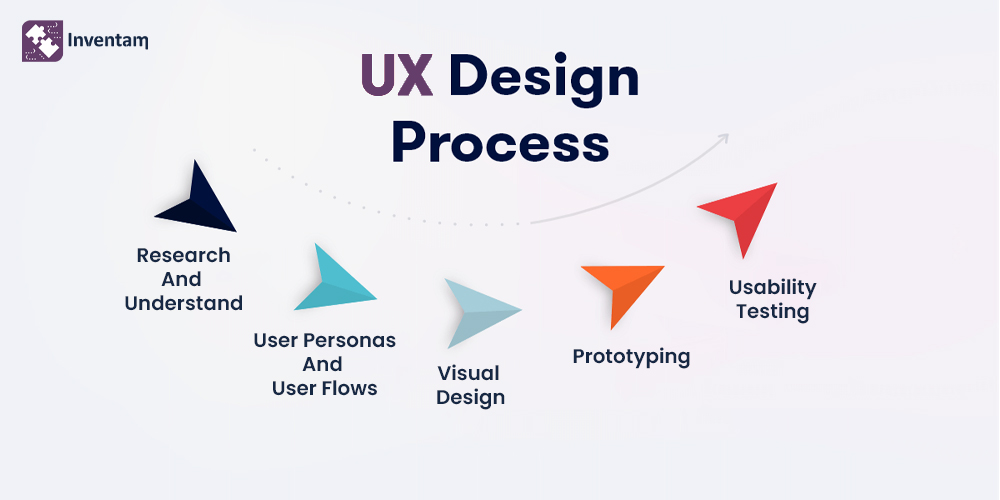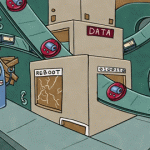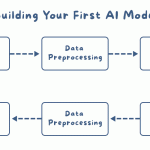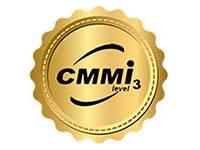A UX (User Experience) design process is a systematic approach to developing digital products and services that are effective and user-centered. For beginners, here is a simplified overview of the UX design process
- Research and Understand: Begin by conducting user research to understand your target audience’s needs, goals, and pain points. This may involve conducting interviews, conducting surveys, and analyzing the market. In order to design a solution that meets the needs of the users, it is crucial to understand their context and their needs.
- Define Goals and Objectives: Based on the research findings, define clear goals and objectives for the design project. These goals will guide the design decisions and help measure the success of the final product.
- User Personas and User Flows: Make user personas, which are fictional representations of your target audience. In order to make design decisions based on the needs of the users, personas help empathize with them. Develop user flows to visualize the step-by-step journeys users will take within the product or service.
- Information Architecture: Design the information architecture, which involves organizing and structuring the content and functionality of the product. This step focuses on creating a logical and intuitive navigation system that helps users find information or perform tasks easily.
- Sketching and Wireframing: Begin sketching ideas and concepts on paper or using digital tools. Wireframing involves creating low-fidelity representations of the user interface, focusing on layout, content placement, and basic functionality. Wireframes help iterate and refine the design before moving into higher fidelity stages.
- Visual Design: Develop the visual design of the product, including the color scheme, typography, imagery, and overall aesthetics. Pay attention to visual hierarchy, consistency, and branding to create a visually appealing and engaging user interface.
- Prototyping: Create interactive prototypes to simulate the user experience. Prototypes allow you to test and validate the design before moving into development. Use prototyping tools like Figma, InVision, or Adobe XD to create interactive and clickable prototypes.
- Usability Testing: Conduct usability testing sessions with real users to evaluate the effectiveness and usability of the design. Observe how users interact with the prototype and gather feedback to identify areas for improvement. Iteratively refine the design based on the test results.
- Implementation and Development: Collaborate with developers to implement the final design into a functional product or service. Maintain communication and provide design assets, documentation, and support during the development process.
- Evaluation and Iteration: After launching the product, gather feedback from users and track key metrics to evaluate its performance. Continuously iterate and improve the design based on user feedback and data analysis.
Throughout the UX design process, the user is at the center. It involves constant learning, testing, and refining to create a better user experience. As you gain experience, you can delve deeper into each stage and adopt additional techniques and tools to enhance your UX design skills.












